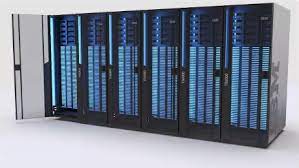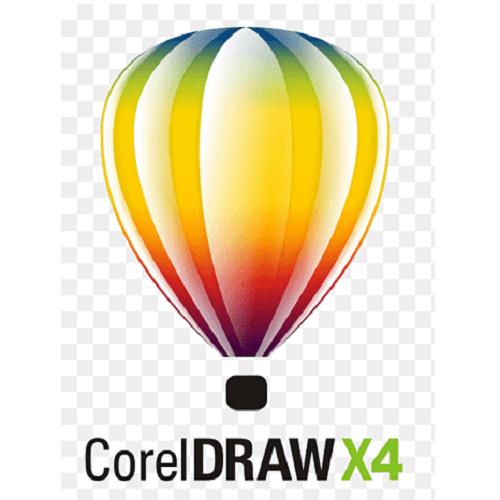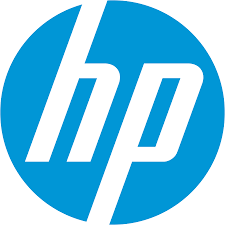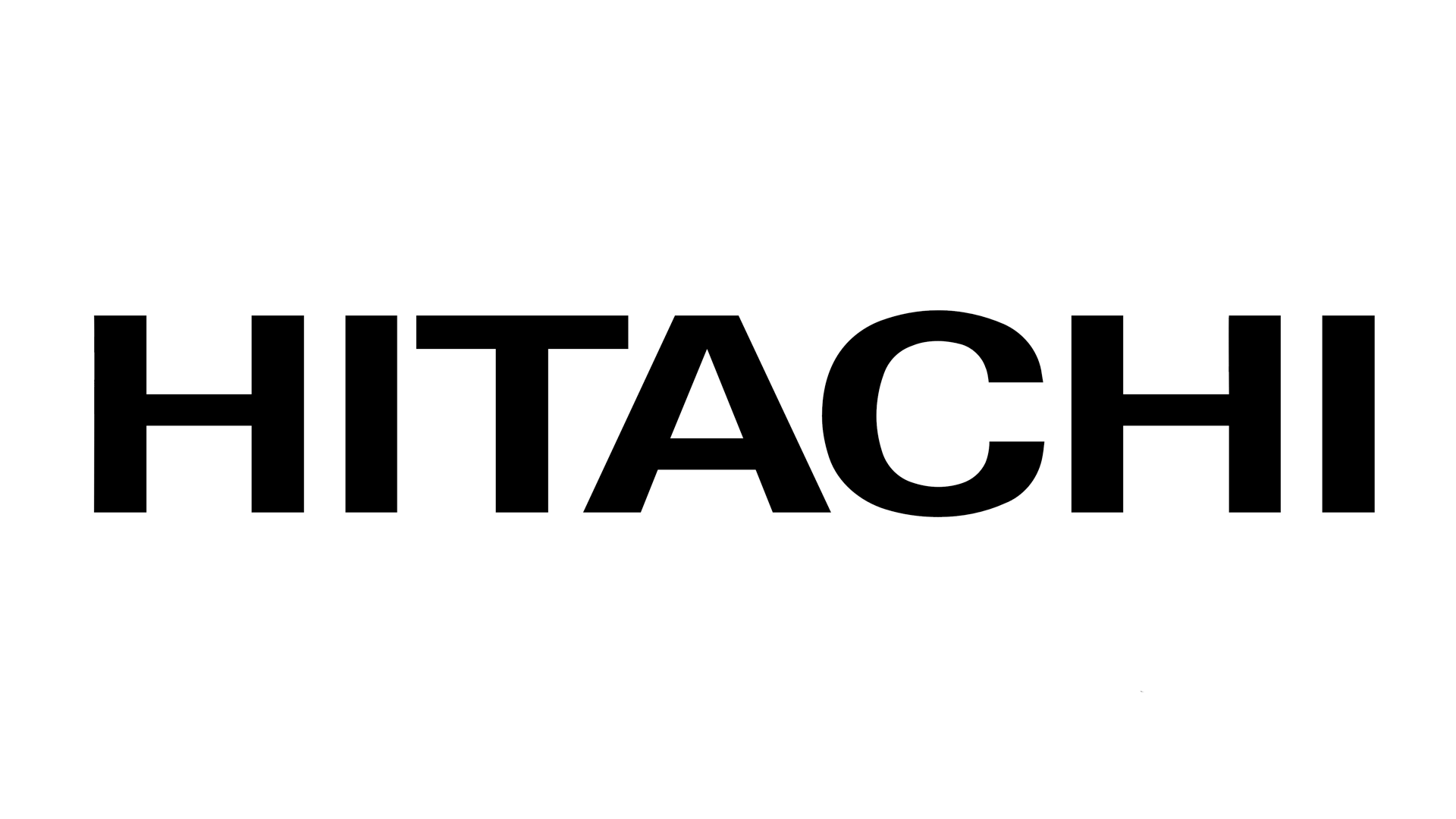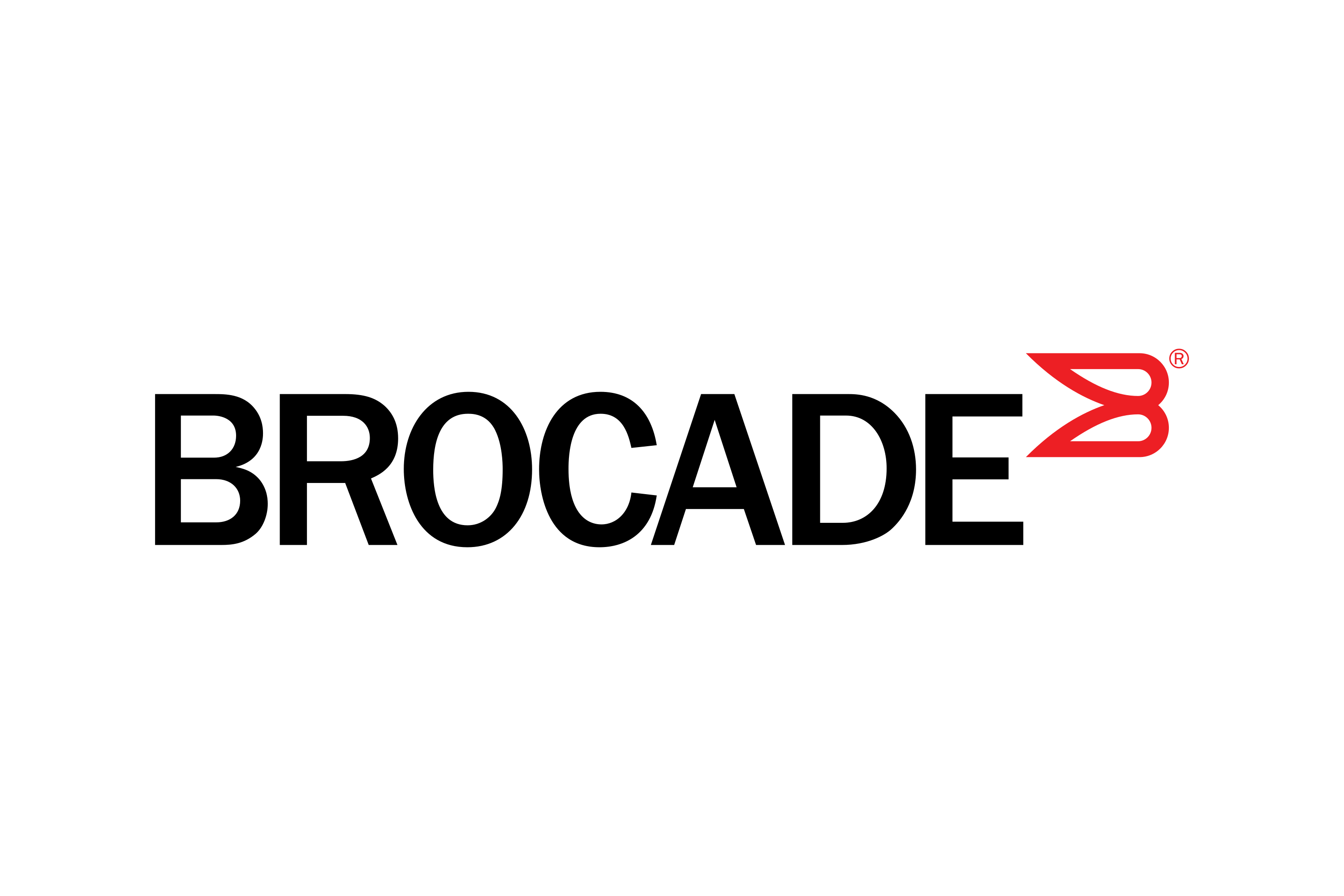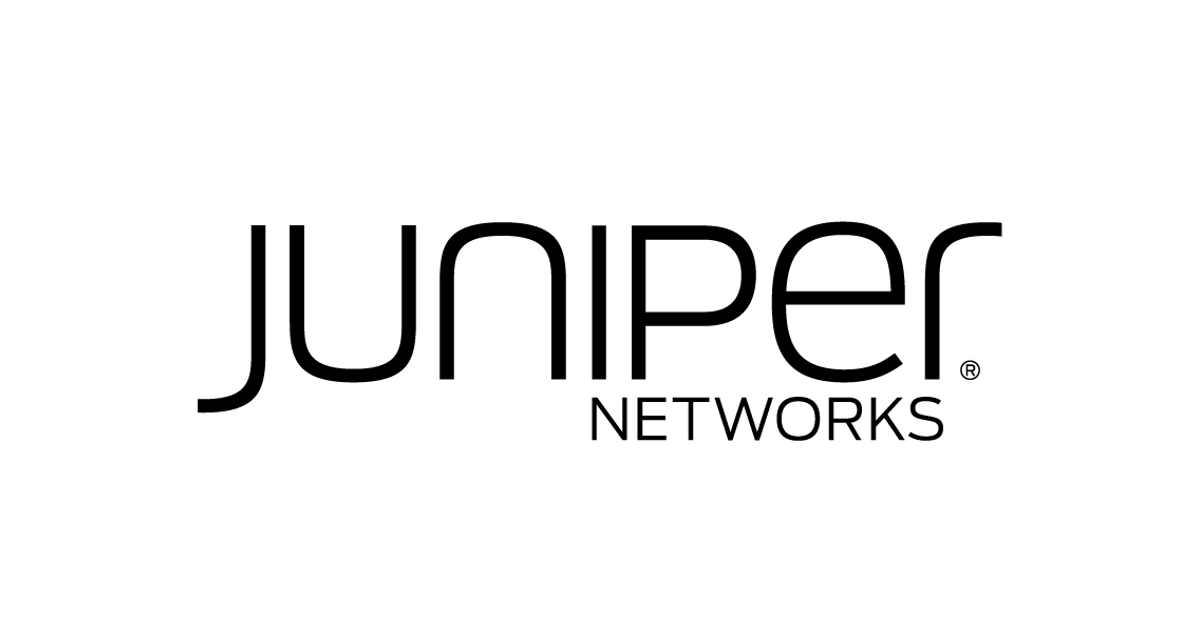In the context of banking and financial institutions, a "bank storage library hardware" typically refers to the physical hardware and equipment used for secure document storage, data backup, and record-keeping. Here are some key components and hardware commonly associated with bank storage library systems:
-
File Cabinets and Shelving Units: Traditional file cabinets and specialized shelving units are used to store physical documents, such as account records, loan agreements, and legal documents. These cabinets often have locking mechanisms for security.
-
Vaults: High-security bank vaults are used to store valuable items, cash, and sensitive documents. Vaults are equipped with robust security measures, including thick doors, complex locking systems, and surveillance cameras.
-
Fireproof and Waterproof Safes: Some documents and valuables may be stored in fireproof and waterproof safes to protect them from fire, water damage, and theft.
-
Data Storage Devices: Banks use a variety of data storage devices for electronic record-keeping, including hard drives, network-attached storage (NAS), and storage area networks (SANs). These devices store digital customer data, transaction records, and backups.
-
Tape Storage Systems: Magnetic tape libraries are commonly used for long-term data archiving and backup. These systems include tape drives, robotic tape changers, and a library of tape cartridges.
-
Backup Servers: Banks often have dedicated backup servers that regularly create backup copies of critical data. These servers are equipped with redundant storage and backup software.
-
Barcode Scanners: Barcode scanners are used to track and manage physical documents and tapes. Barcodes are assigned to each item, and scanners are used to log their location and retrieval.
-
Climate Control Systems: Climate control systems, including air conditioning and humidity control, are essential to maintain the integrity of physical documents and electronic equipment in storage areas.
-
Security Cameras and Surveillance Systems: Security cameras are placed in storage areas and vaults to monitor access and activities. Surveillance systems record footage for security purposes.
-
Access Control Systems: Access to storage areas and vaults is typically controlled through access control systems, which may include biometric scanners, keycards, or PIN-based entry.
-
Fire Suppression Systems: Automatic fire suppression systems, such as sprinklers and gas-based systems, are installed to protect stored documents and equipment in the event of a fire.
-
Data Backup and Recovery Hardware: This includes hardware components such as backup tape drives, disk arrays, and off-site backup storage devices to ensure data redundancy and disaster recovery.
-
Racks and Enclosures: Racks and enclosures are used to organize and secure electronic equipment in data centers or server rooms.
-
Environmental Monitoring Systems: These systems track temperature, humidity, and other environmental factors to ensure the optimal conditions for document and hardware storage.
-
Shredders: For secure disposal of sensitive documents, banks use shredders to destroy documents that are no longer needed.
Bank storage library hardware is a critical aspect of banking operations, ensuring the security, organization, and preservation of both physical and electronic records and assets. These systems are designed to meet regulatory requirements and protect sensitive customer information.
